Update time : 2023-10-10 Publisher:Tongda
When it comes to the raw materials of organic fertilizers, many people believe that only animal manure is used. Animal manure is indeed the main raw material for organic fertilizers, but in addition to animal manure, there are also many organic materials suitable for use as organic fertilizers.
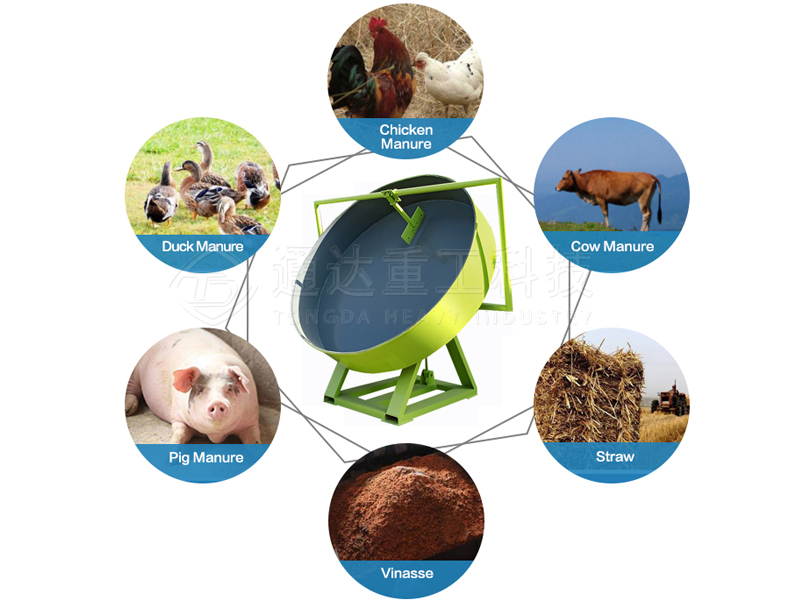
1. Poultry and livestock manure
The feces of livestock and poultry contain a large amount of nutrients such as nitrogen, phosphorus, potassium, and often contain a large amount of harmful substances such as bacteria, insect eggs, and heavy metals. They are usually mixed with urine, gasket materials, feed residues, etc. Untreated or improperly treated can cause pollution to water, air, and soil. In traditional farming models, livestock manure plays an important role in maintaining soil fertility, preventing soil compaction, and maintaining sustainable crop production.
Animal manure needs to undergo decomposition and harmless treatment before it can be used in agricultural production. It often exists in the form of stable manure and compost. Stalk manure is a mixture of livestock manure and gasket materials, which are accumulated and subjected to microbial decomposition. Composting is a mixture of animal manure, crop straw, weeds, and soil, which is decomposed and matured by aerobic microorganisms. The composting process is complex and is influenced by various factors such as water content, temperature, carbon nitrogen ratio, and microorganisms.
2. Agricultural waste
Agricultural waste mainly includes the following categories:
1. The discarded stems, leaves, roots, residues, shells and other materials after crop harvesting mainly contain organic components such as cellulose, hemicellulose, lignin, and mineral nutrients such as nitrogen, phosphorus, potassium, calcium, and silicon. The nutrients and composition of agricultural waste vary depending on the type of crop. Typically, the waste from leguminous crops contains more nitrogen, while the waste from gramineous crops contains more potassium. Agricultural waste is usually used as raw material for agricultural or commercial organic fertilizers after harmless treatment such as decomposition with animal excrement.
2. Fresh ingredients with high moisture content, such as tail vegetables, fruits, flowers, etc.
3. Fungi, distiller's grains, and husks.
4. Garden waste, such as dead branches and fallen leaves in green forests, and pruned branches.
5. Livestock and poultry waste, such as feces, bedding, and other debris.
6. Planktonic waste in water bodies, such as water hyacinth, blue-green algae, etc.
7. High quality farmyard fertilizers, such as cake fertilizer, bean product waste, sugarcane mud, etc.
3. Biogas liquid and biogas residue
Biogas liquid and biogas residue are all biogas fertilizers and are high-quality fertilizers. The liquid part of the residue produced by fermentation in a biogas digester using organic substances such as sewage, human and animal manure, and crop straw as raw materials is called biogas slurry, while the solid part is called biogas residue.
Biogas fermentation is slow and organic matter consumption is low. Apart from nitrogen, most nutrients such as nitrogen, phosphorus, and potassium in raw materials are still retained in the fermentation residue. Therefore, they are rich in organic matter and various essential nutrients for plants. Their fertilizer quality is higher than that of general compost, and can be directly used as raw materials for fertilizers or commercial organic fertilizers. Biogas liquid and biogas residue can be applied in various aspects of fertilization, pest control, and planting in agricultural production activities.
4. Peat
Peat is also known as peat, peat, peat, straw raft, etc. It is an organic accumulation rich in water, formed by the accumulation of various plant residues from ancient times under long-term flooding (anaerobic) conditions. Peat is a specific product in wetland environments, and is the coal with the lowest degree of coalification. If it hardens into rock through geological processes, it becomes lignite. According to the formation conditions, composition, and properties of peat, it can be divided into high-level peat, low-level peat, and mid-level peat. Peat can be made into granular or powdery mixed fertilizers with carbon, ammonia, phosphate or trace fertilizers for application.
5. Other organic waste
Other organic waste mainly includes household waste, waste residue, slaughterhouse waste, etc.
Household waste is a byproduct of human life. As a fertilizer raw material, household waste must contain a large amount of reusable organic substances, such as fruits and vegetables, kitchen waste, paper and sawdust, dead branches and leaves, etc. The main type of waste is kitchen waste, which is a source of organic fertilizers, mainly including food waste such as leftover food and vegetables. Compared with other types of waste, kitchen waste has a higher organic content and great recycling value.
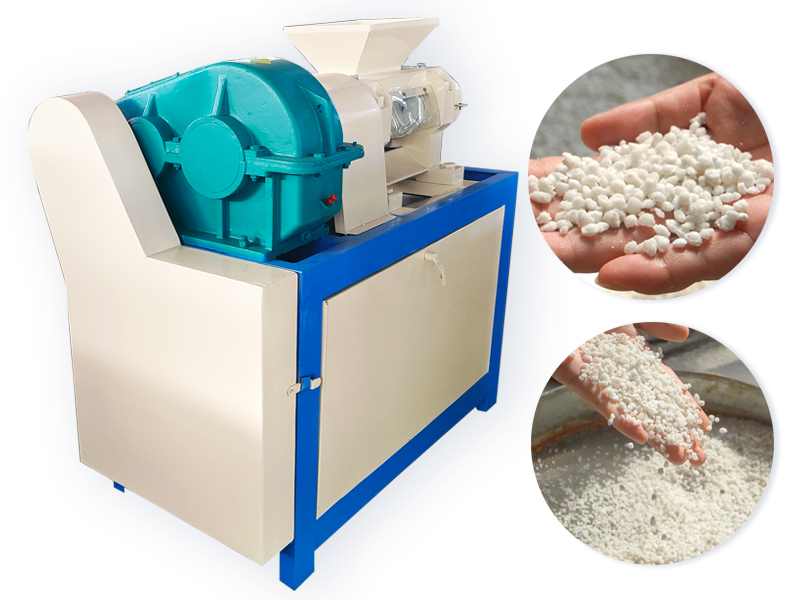
see details +
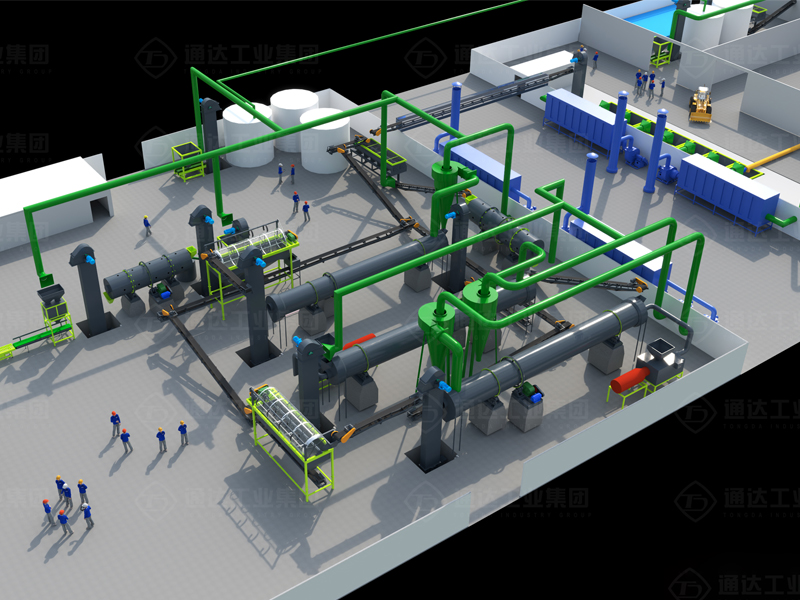
see details +
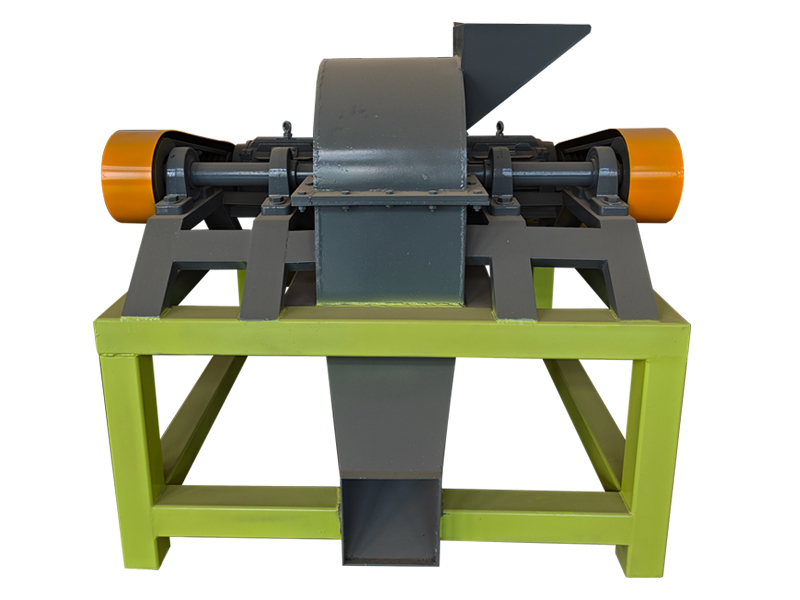
see details +
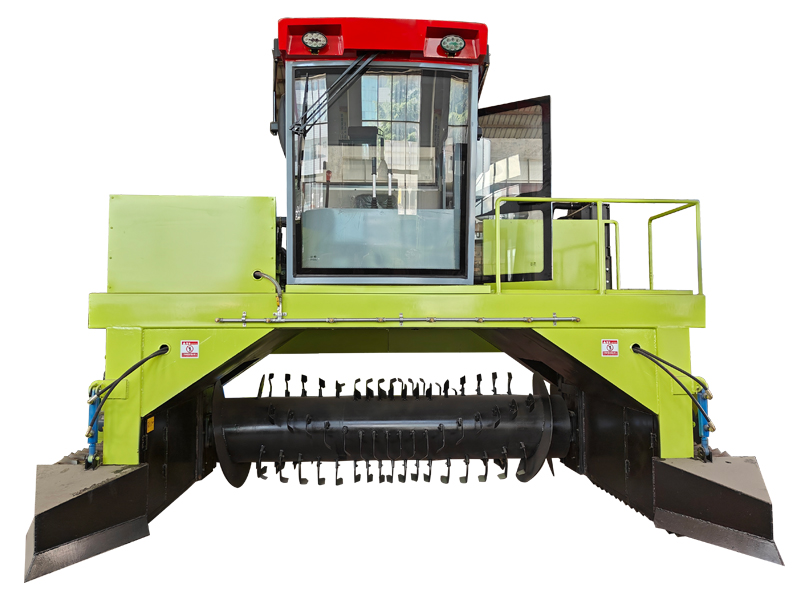
see details +

Fermentation Compost Equipment >
 Tel:+86 18538527111
Tel:+86 18538527111
 E-mail:[email protected]
E-mail:[email protected]
 Address:Longgang Development Zone Of Xingyang City, Zhengzhou City, Henan Province, China.
Address:Longgang Development Zone Of Xingyang City, Zhengzhou City, Henan Province, China.
Privacy Policy Copyright © Henan Tongda Heavy Industry Science And Technology Co., Ltd.